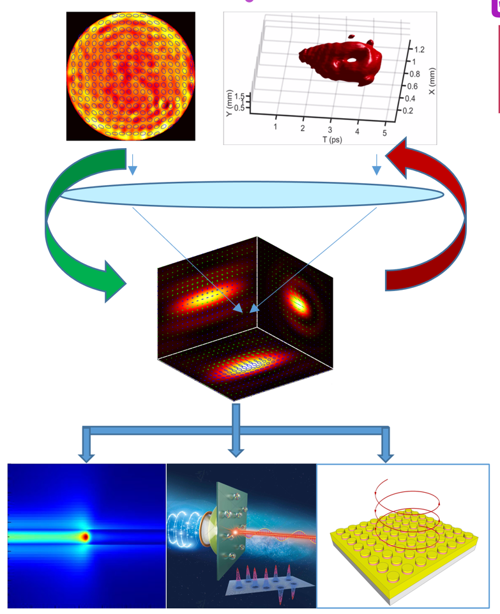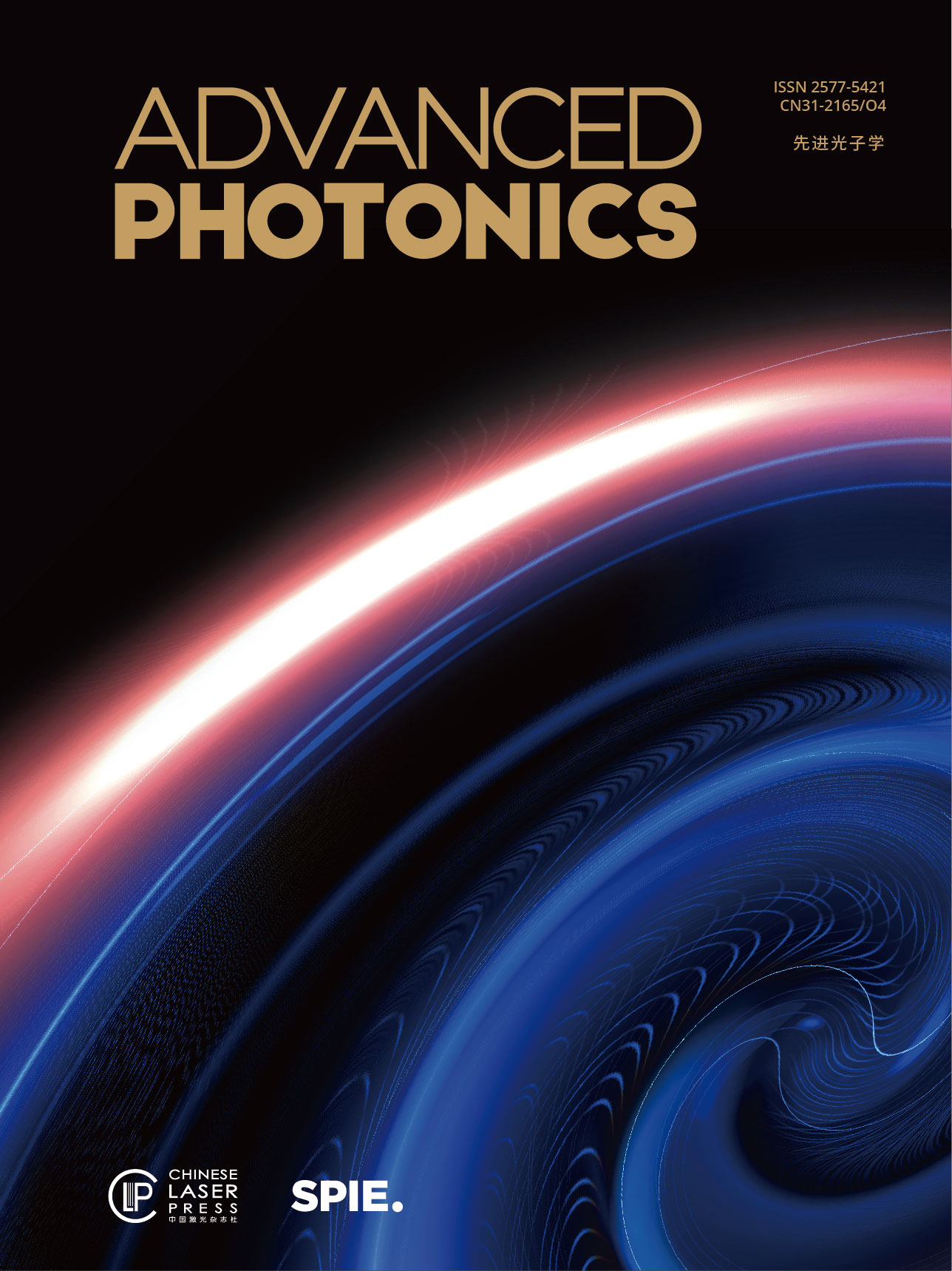Similar to electrons, photons can carry angular momentum (AM). In general, photonic AM consists of spin angular momentum (SAM) and orbital angular momentum (OAM). The former is associated with rotating electric field vector, while the latter is linked to swirling phase. SAM associated with circularly polarization has been known for a very long time and extensively exploited in a wide array of applications ranging from materials metrology, chiral molecule detection and quantum optics. About 30 years ago, Allen et al discovered that optical field with spiral phase wavefront possesses OAM, offered a whole new degree of freedom for photonics. To this point, the SAM and OAM of light studied are parallel to the propagation direction of the beam, hence can be termed as longitudinal SAM and longitudinal OAM. About a decade ago, the existence of transverse SAM in both free space and localized optical fields has been revealed via both theoretical and experimental works. Light with transverse SAM exhibits distinctively different behaviors when interact with matters, rendering another degree of freedom for photonic AM. In 2020, Zhan et al demonstrated the controllable generation of light pulses containing pure transverse OAM. The last piece of the puzzle for photonic AM is finally in place.
With the four "bases" of photonic AM, it is conceivable that light can be engineered with specific photonic AM characteristics to meet application requirements. Photons with different AM states could stimulate various distinctive interactions with matter, rendering important information about the materials or empowering special functionalities that otherwise impossible to achieve. Developing methodologies and techniques to tailor photonic AM is of great significance for numerous applications, including optical information processing, optical manipulation, optical fabrication, optical imaging and sensing, etc. Thus, how to generate light fields with prescribed photonic AM distribution and orientation tailored for specific applications attracts great interests.

Conceptual illustration of the process of engineering the photonic AM states tailored for specific applications. Starting from the characteristics of AM state that are required by the specific applications, the corresponding optical source can be designed. This source field in general would be complex structured light in spatial and/or spatiotemporal domain. Once such a structured optical field is generated and used as the illumination, the desired photonic functionality would be realized.
In a recent Advanced Photonics review article Engineering photonic angular momentum with structured light: a review, researchers from the Center for Complex Optical fields and Meta-Optical Structures (COSMOS) led by Prof. Qiwen Zhan at the University of Shanghai for Science and Technology summarized the latest investigations in the generation, shaping, and optimization of photonic AM distributions exploiting complex structured light. Considering the rapidly developing nature of the field, the article is written in a more tutorial like fashion to make it accessible to the general audience. The gist of the article is that now scientists are offered complete freedom in tailoring photonic AM to meet specific needs and the way to realize it is through the use of light structured in spatial and spatiotemporal domain. Complex structured optical fields usually have non-uniform distributions in its multiple degrees of freedom, namely amplitude, phase, polarization ratio, and ellipticity, making them ideal toolboxes for photonic AM engineering. Benefiting from the rapid advances in nanofabrication and optical field engineering, researchers are now empowered with unprecedented control of spatial and spatiotemporal distributions of optical field, arbitrarily complex photonic SAM and OAM states can be produced with these structured optical fields with purposeful design.
The key challenge, however, is to design the required complex spatial and spatiotemporal structures of light field given photonic AM characteristics. This can be done in a variety of ways. Some are simple and straightforward. For example, a time-reversal methodology is presented to create arbitrary SAM orientation in diffraction limited optical focus through carefully tailoring the spatial structure of incident pupil fields of high numerical aperture lens. The time-reversal method can be generalized to customize more sophisticated focal field. For example, exotic 3D polarization topology (i.e., the optical polarization Möbius strip) can be formed by the circularly polarized points in the tightly focused optical field with the presence of transverse SAM. Similar concepts can be extended to OAM design. Based on the recent breakthroughs in spatiotemporal optical vortex (STOV) with transverse OAM, adding a spatial longitudinal OAM to the STOV enables the generation of arbitrarily oriented OAM states. Methods of generating ultrafast time-varying transverse OAM with sub-picosecond temporal separation is also presented. Combination with longitudinal OAM will also allow the generation of ultrafast modulation of OAM with arbitrary orientation and strength. These advances lay the ground for the generation of photonic AM states with prescribed characteristics. It should be noted that tailoring photonic AM to meet specific application needs is inherently an inverse problem. Thus, the recent rapid developments in applying artificial intelligence or machine learning in photonic design and optimization will undoubtedly find great use in the tailoring of photonic AM states and deserve special attention.
Applications of specifically tailored photonic AM states in optical tweezers, directional coupling and emission via spin-orbital interactions, and optical information transmission and processing are briefly discussed. Combined with the most recent progress in tailoring the spatial and spatiotemporal structure of optical fields, photonic AMs and their interactions with nanostructures and nano-emitters will spur researches into this nascent area and open new avenues in a myriad of applications, including but not limited to advanced microscopy, laser machining, photonic integrated circuits, classical and quantum information processing, and so on.


